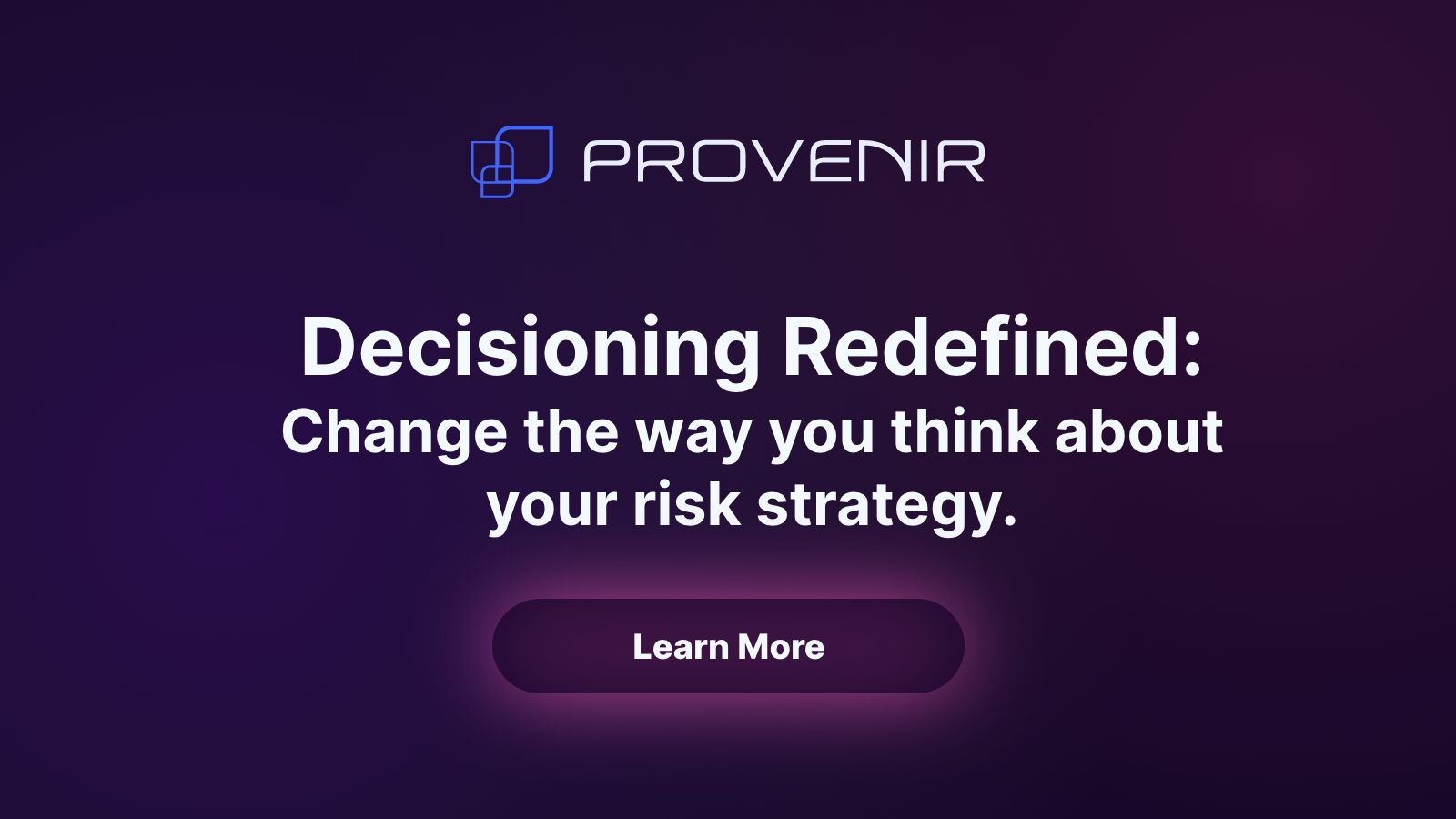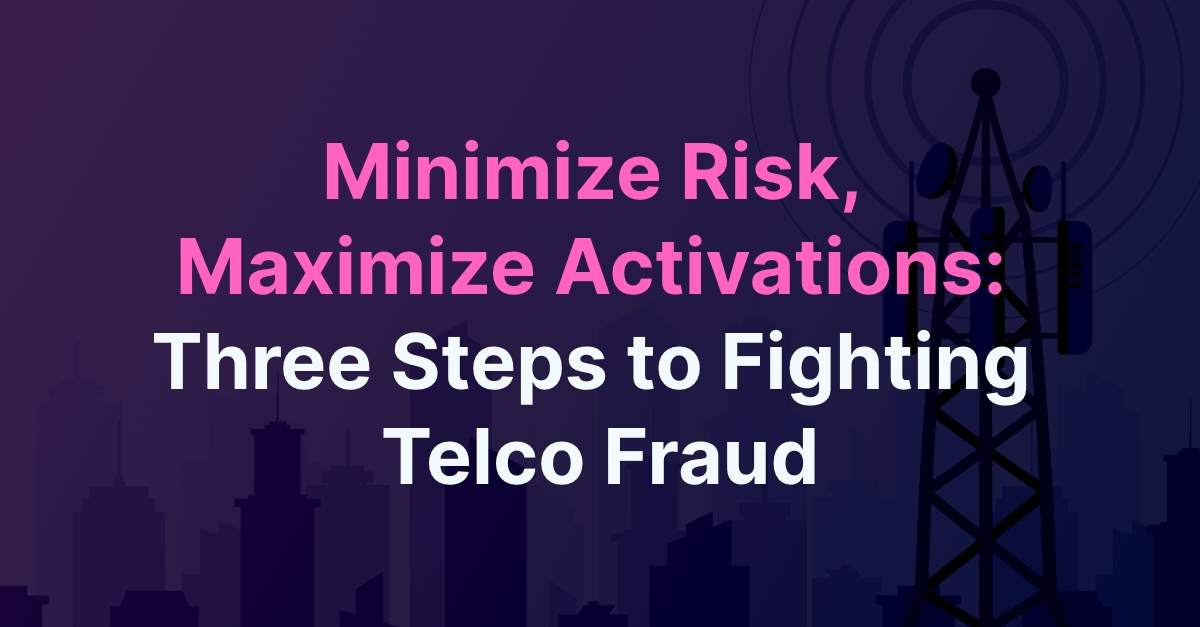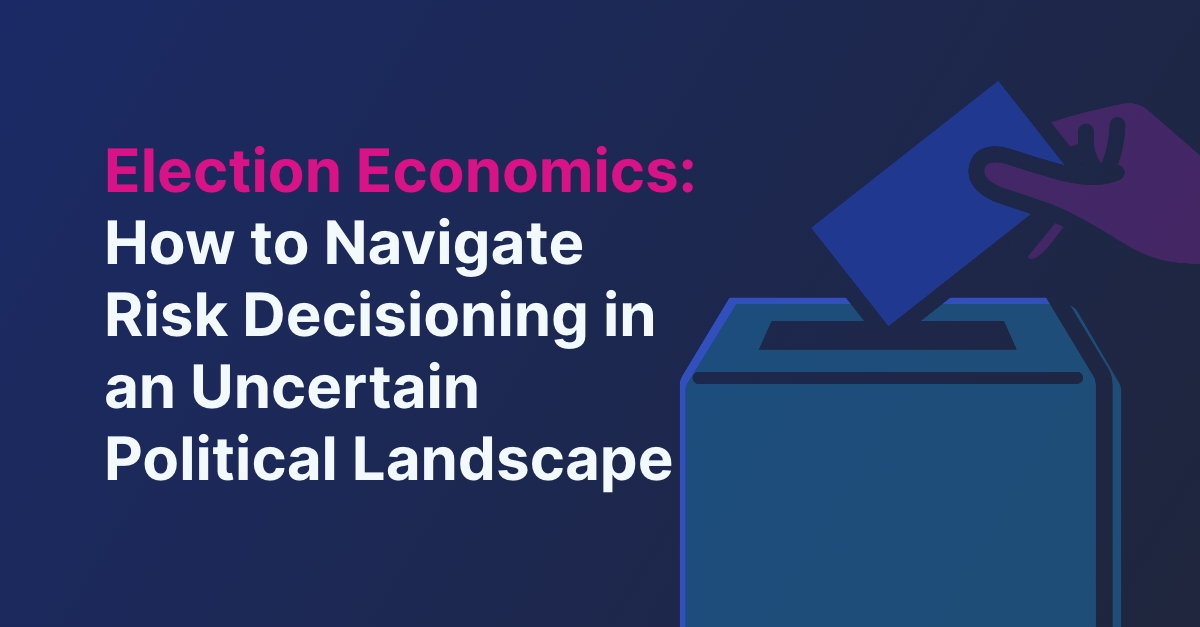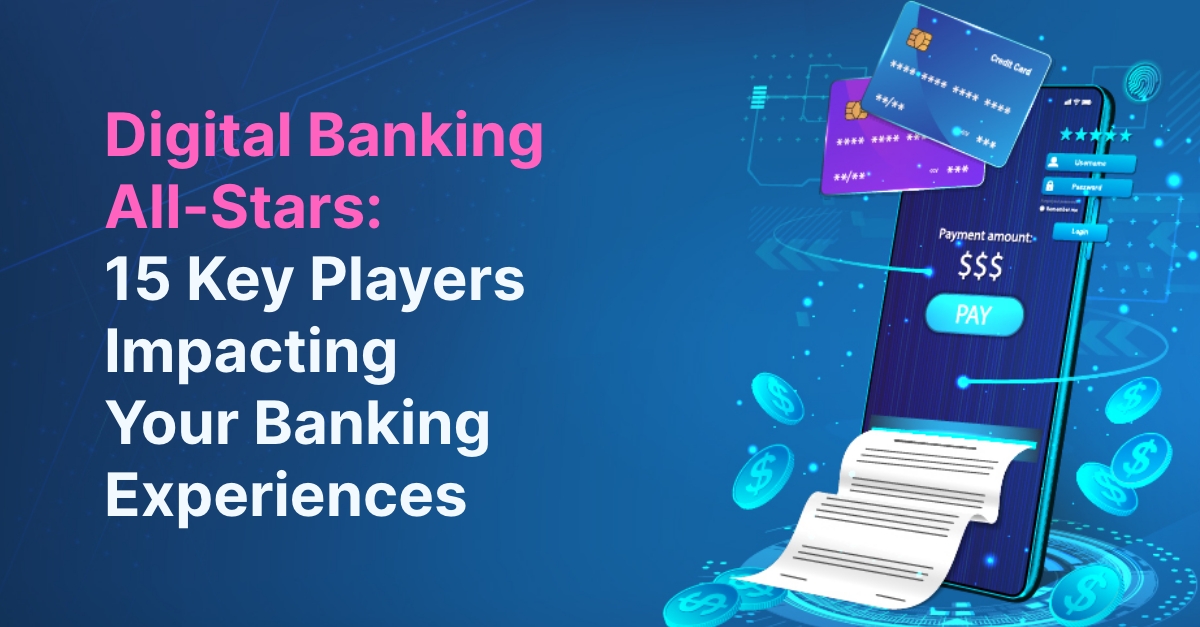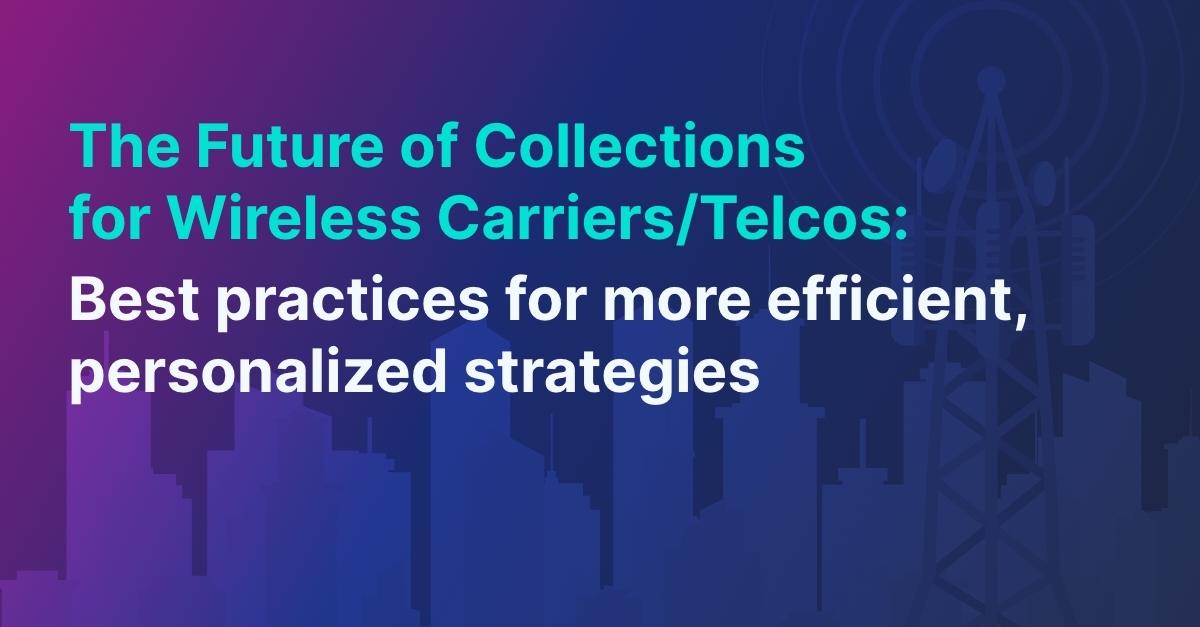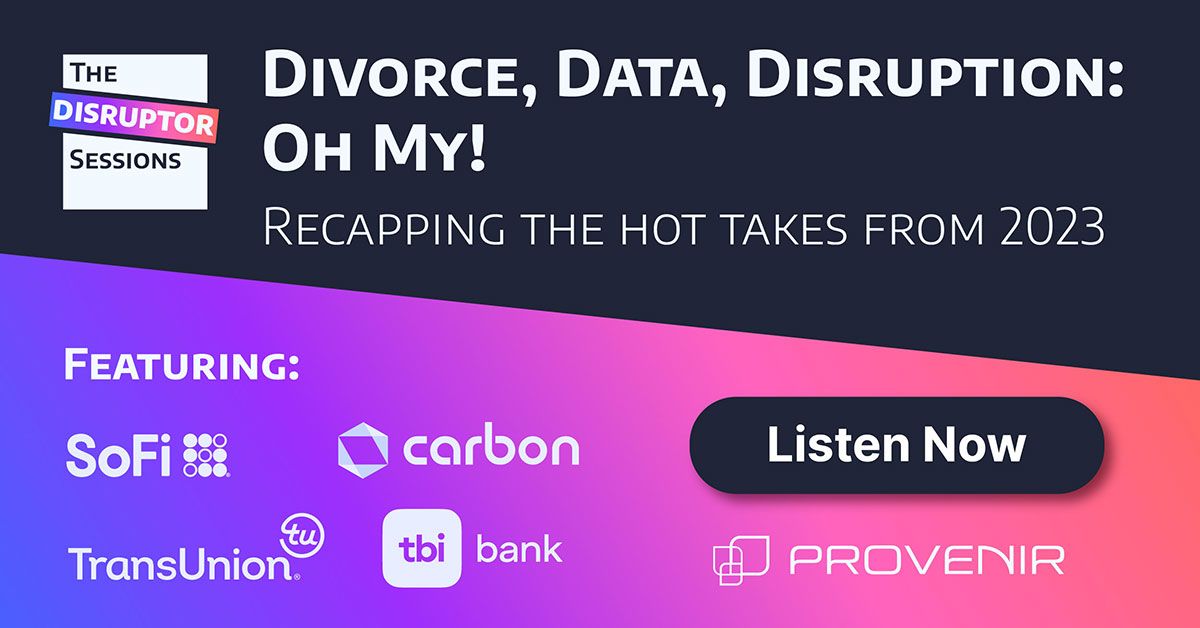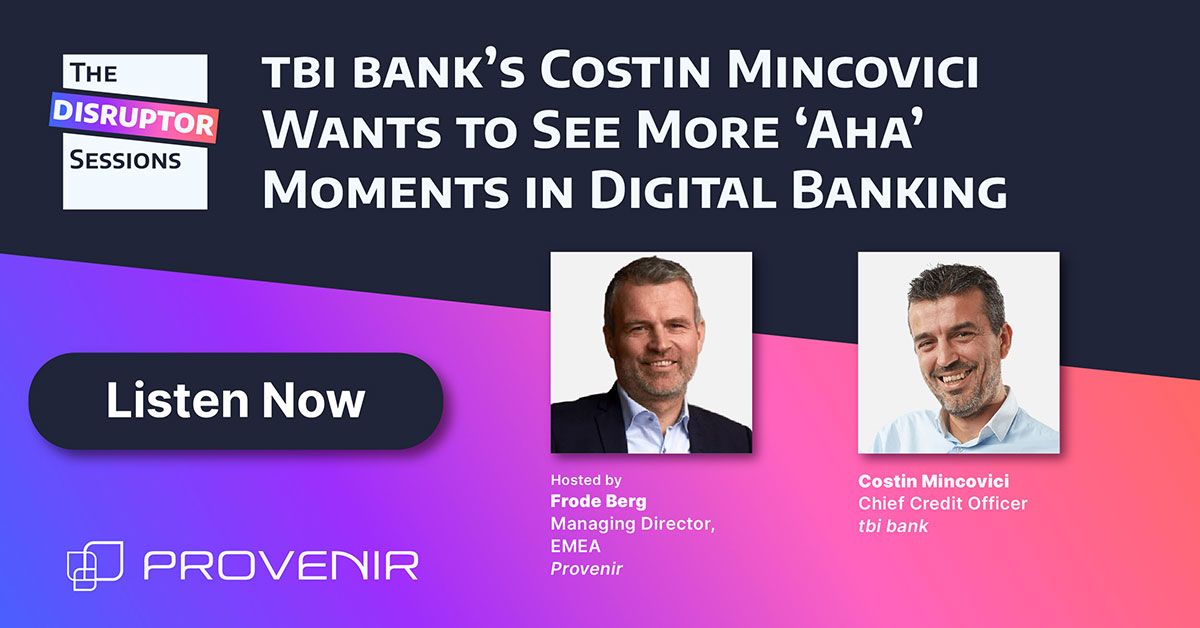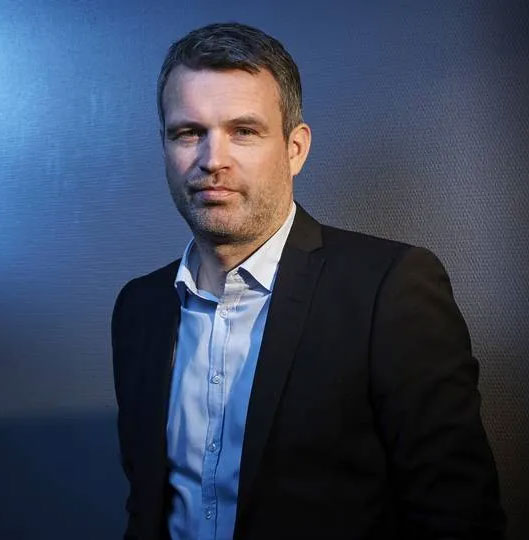00;00;09;26 – 00;00;31;17
Intro VO
You’re listening to the Disruptor Sessions: The Visionaries Guide to Fintech, a podcast from Provenir. Every episode we sit down with global thought leaders and innovators to explore the future of Fintech, from the technology powering change to the visionaries driving disruption. Now your host, Frode Berg.
00;00;33;12 – 00;01;07;28
Frode Berg
Hi, all. My name is Frode Berg and I’m the regional leader for Provenir in EMEA. Today on the Disruptor Sessions: The Visionaries Guide to Fintech, we’re talking about disruption in digital banking with mobile-first digital financial services and how the strategic approach shifts depending on the market. I’m excited to have with me Costin Mincovici, Chief Credit Officer at tbi Bank, a mobile-first challenger bank in Southeast Europe and regional leader in alternative payment solutions.
00;01;08;22 – 00;01;13;06
Costin Mincovici
Hi, Frode and thank you for the invite. It’s a pleasure to be with you this evening.
00;01;13;20 – 00;01;31;24
Frode Berg
So, Costin, I wanted to start by asking you: disruption. It can mean different things to different people. I’d like to understand is, firstly, what does disruption mean to you? And secondly, what’s your view on the disruption happening today in banking?
00;01;32;24 – 00;02;13;19
Costin Mincovici
I can say that disruption is us. It’s tbi in the world in which we are operating. We are a regional bank operating in three markets in southeastern Europe, in Bulgaria, Romania, and recently starting last year in Greece. We are the leaders of the embedded finance. So what does it mean? We are doing business with the merchants and financing the customers that are coming and doing their day-to-day buying from the respective merchants, offering them solutions, being inclusive, and trying to help both the customers and the merchants.
00;02;14;12 – 00;02;38;17
Costin Mincovici
Disruption in banking is thinking outside the box, and this is what we are trying each day, trying to look on new data sources through which we would be able to serve the customers that are not so well served by the banks today in the usual brick-and-mortar world in which they are operating. We are looking at what makes a difference.
00;02;38;17 – 00;03;11;27
Costin Mincovici
We are trying to test and sometimes we are succeeding, sometimes we are failing, but we are moving fast. And I think this is all related to disruption. Embedding in the ecosystem what the customer really needs. The emergence of challenger banks and the neobanks which challenge the banks is giving more agility and the more customer-centric services. This would be what I would say, that it’s the view of disruptions, the disruption happening in the banking environment today.
00;03;12;07 – 00;03;53;17
Costin Mincovici
What does disruption mean to me? Changing the existing industry or markets due to technological innovation. And this is what we are seeing. We are, since 2017, customers of Provenir. In fact, we are seeing what the technology is bringing as a plus into our day-to-day life. Working in the past with hard IT teams in which a small change would take few weeks to implement versus doing it on your own with a drag and drop and being able to implement the change in minutes being to the market in a much quicker time than in the past.
00;03;54;25 – 00;04;16;08
Frode Berg
That’s that’s really interesting to hear. And when you say technology is key to help you achieve your targets, is that something you feel is the same approach most players are taking? Or are the different approaches between traditional banks and more challenger and neobanks?
00;04;17;14 – 00;04;40;21
Costin Mincovici
Well, I would say that I can speak from the feedback I’m getting, and recently I was speaking with some guys that are doing the development of the score card for ourselves, and they said that we are ages before the banks and why we are so? Because we are looking all the time on new data sources and different ways of looking to the customers.
00;04;41;01 – 00;05;13;03
Costin Mincovici
And I also understand why the traditional banks are not able to follow the same path, because they have legacy systems, they have brick-and-mortar presence while the challenger banks and the neobanks, again, they are coming back to agility. They are leveraging the technology, doing the operations more efficiently and again, just putting some numbers into it – we are having a compound growth rate of applications and volumes and forms booked on a yearly basis of around 30% year on year.
00;05;13;12 – 00;05;43;14
Costin Mincovici
And this is happening for more than three years going backwards. During this period, we haven’t increased the headcount in underwriting with one FT. In fact, in some markets we reduced the FTs in underwriting and we call it human tech decision because we are trying to be as inclusive as possible and in fact we are trying to save the customers that are on the edge and trying somehow to look at them by a human person.
00;05;43;22 – 00;06;24;12
Costin Mincovici
This speaks a lot about using of technology. And the same I can speak about the colleagues inside, so let’s say the back side of the business in which you are trying to help the customer keep up with their payment. And the same story is over there as well. So we are trying to prioritize in the end efficiency on, one hand and in the same time, by using technology, we are able to prioritize the user experience and trying all the time to play with the champion challenges to see what makes the customer click more and what makes also a better customer click more.
00;06;25;10 – 00;06;56;02
Frode Berg
Okay, excellent. And if we pause a little bit about that technology, you you mentioned that you’ve had some great results growing your topline without sort of adding more, more people. So the sort of machinery seem to to be working. Are there any sort of other key ingredients in your sort of automation play, either technology wise or the way you are using technology that have made you achieve these results?
00;06;56;02 – 00;07;29;05
Costin Mincovici
In principle, it boils down to the technology and understanding your technology. I remember like yesterday in 2017, we signed a contract with Provenir and there was a lot of opposition to it and a lot of opposition to change – and this is usual; to have it. But we managed to go over it, this opposition to change, by using, on one hand Provenir guys to help us and teach us how to use the respective system till the moment we saw the benefits.
00;07;29;05 – 00;08;00;22
Costin Mincovici
It’s very much important to have the quick wins and you will have some quick wins, then people will get on board into the change train and they will go with it towards the final destination of the respective journey. Again, I think that I’m comparing it to the past . I’m comparing it to the hurdles to do some changes in to the risk rules, going to it and trying to put on the pipeline and putting in a SteerCo and doing some changes.
00;08;00;22 – 00;08;34;03
Costin Mincovici
It was taking weeks, two months to implement some simple changes. Currently we are managing the three countries with three guys that are semi-technical, but they are kind of a business analyst together with some technical skills. And we are able to do the changes for all three countries for the entire credit cycle in terms of underwriting, as I was mentioning before in the matter of minutes. So I think this is the main driver and the main benefit of using technology.
00;08;34;03 – 00;08;58;07
Costin Mincovici
There will be, as well – everybody will think about the price that they will have to pay. But putting it in balance, the price versus the efficiency and the time to market, I think it’s without any doubt that using technology that you tested before and you trust – it’s a must for a bank to survive, for, in fact, for any kind of technological venture to to survive in our days.
00;08;59;06 – 00;09;17;24
Frode Berg
Excellent. Not far away from technology, but maybe a little bit over to channel. You have experience from mobile-first credit. What are the hallmarks of a mobile-first credit product? How does it differ from traditional credit products?
00;09;18;06 – 00;09;47;00
Costin Mincovici
You are on the spot to the customer and this is the most important difference versus the usual flow of applying in a branch or applying in a shop, or even applying online. Customer needs easy access through the mobile app, needs an application that responds and doesn’t crash. So in the end, they typically involve streamlined application processes, with – in the end – quick approvals.
00;09;47;07 – 00;10;12;04
Costin Mincovici
This is our aim, the customer’s aim as well, to get a quick approval and often rely on alternative data sources for the credit assessment. We did a first step even before launching the mobile app. The mobile app, we launched it back in 2020 in a short MVP, but before that we were having a customer dynamic limit
00;10;12;04 – 00;10;36;06
Costin Mincovici
All the customer. So overall, our strategy is to onboard and acquire customer, then to engage the respective customer and retain it. And especially on engaging and retaining the customer, our strategy is to do a customer dynamic limit and all the time keep the customer in the loop, providing him the money at the right moment.
00;10;36;06 – 00;11;05;22
Costin Mincovici
And we were having this customer dynamic limit, addressing the customers, and addressing their needs. And what we did immediately after we’ve onboarded and we’ve launched the mobile app, we’ve put the customer dynamic limit into the mobile app, and currently around 65 to 70% of the sales of loans are coming through this streamlined process in which customer just click a button and the money are in his account.
00;11;05;26 – 00;11;25;14
Costin Mincovici
So again, coming down to what’s important for a mobile-first credit product is not to have hiccups and to be right on the moment the customer needs the product to be right there in his pocket. He’s just pressing a button and the money are there.
00;11;26;26 – 00;11;46;07
Frode Berg
So being able to have good efficiency on the accessibility is key, I understand. Is it, is it a challenge to get the same user friendliness and the same customer journey as you would in other channels or would that be the same?
00;11;47;21 – 00;12;21;06
Costin Mincovici
Well, in principle, we are trying and we are putting a lot of effort of the user experience, streamlining and testing all sorts of different scenarios into, in the user experience. Definitely the easiest would be for a customer to apply through the mobile app, but the same would be if you would be applying on the online flow or if you would be on the merchant site and you will see at the checkout that tbi is there and just pressing a button, he would be able to go on the flow of reviewing and getting the respective goods.
00;12;21;24 – 00;12;57;06
Costin Mincovici
In principle, we are focused on the online flows, trying somehow to transform ourselves into a more online bank. I mentioned before we are focusing currently in the phygital mode through which we are serving the customers both in the physical locations, but also in the online flow. And this was a journey we started in 2017 without any online flow, and currently more than 40% of our business is coming from the online flows.
00;12;57;25 – 00;13;23;13
Costin Mincovici
It’s a journey to reach the moment in which you are transposing more and more in the online flow. But we should not forget that there are still some generations which are not so eager to use the online, and they, they like to have the human touch. And for this reason, we are continuing with this phygital model in which we have both physical locations plus the online flow serving our customers.
00;13;25;24 – 00;13;54;16
Frode Berg
So you are capturing both of those markets. That’s good. Looking a little bit, Costin, into – you mentioned you are across various geographies, various territories. You also mentioned you like to have one technology that you could roll out product to product, country to country. But are there some changes that you have when you go into a new market, into a new country, for example?
00;13;54;25 – 00;14;00;03
Frode Berg
Are there differences in those markets that you need to incorporate into your approach?
00;14;00;25 – 00;14;28;17
Costin Mincovici
I think it’s a good question that we actually started last year in April, our newest market, which is Greece. And in fact, how we are going in the new market is trying to be as virgin as possible in the beginning and trying to understand the markets, trying to underwrite as many as possible of those customers initially with small ticket, then growing them, but in the same time learning from the past experiences.
00;14;28;17 – 00;14;54;01
Costin Mincovici
And this is how we do it in Greece. And I think it’s also important to understand what type of market is the market in which you are going. We were not expecting, for example, that Greece will be slightly a blue ocean in which there is no competition. And why is there is no competition? Because there, there was putting all the banks into four big banks that are kind of mammoths.
00;14;54;08 – 00;15;28;28
Costin Mincovici
They are kind of not easy to move and not easy to invest and develop. And this gave us the opportunity of going there and capturing a lot of market, which was not served to before. Coming back to Bulgaria, which is our most mature market, there we’ve touched more than one third of the population in Bulgaria. So there is more like a red ocean in which, again, what’s important is to serve the customers and to be at the right moment for the respective customer with the right product.
00;15;29;14 – 00;16;07;03
Costin Mincovici
For this reason, we are investing a lot into next best product models and the lifetime value of the customers just to understand what’s the customer profile and what’s the product that the customer needs. And then, coming back to Romania as well. There we’ve conquered kind of around 10% of the market. We are number one player on on the market, but it’s still a red ocean in which if you do wrong move, on one hand the merchants which, which you are cooperating will be easy forgetting about you. But as well the customers will be disappointed.
00;16;07;03 – 00;16;32;16
Costin Mincovici
Indeed, it’s a matter of how the market is situated, what’s the maturity of the respective market and you need to adapt to the respective market. I would add one more thing regarding Greece start that we did last year in April. It took us six months to start from zero and have operation started and our first application there.
00;16;33;04 – 00;16;52;02
Costin Mincovici
In our opinion, a very good time to market, on one hand. And I would also mention on my side, on Provenir’s side, that we were able in around three or four weeks to mix and to put all the rules in place so to be able to start the production and the the new loans.
00;16;53;01 – 00;17;16;17
Frode Berg
That’s good to hear. And I’m sure that will help your ROIs and making sure that your product plans go as they should, so that is key. Looking a little bit into, you know, the industry as a whole, you know, digital banking has been around for a while, but still, not all players are as equally focused on digital banking.
00;17;16;28 – 00;17;23;10
Frode Berg
Do you feel there’s something that we’re not talking enough about when it comes to digital banking?
00;17;24;24 – 00;17;54;16
Costin Mincovici
As an industry, I think that digital banking should look more into the cybersecurity because this can be an experience of make it or break it. And I think it’s not only on theirselves but I think on their partners with which they are working with. Recently in Bulgaria, there was a incident in which telephone provider was hacked and they were able – the hackers were able to access the SMSes of the respective provider.
00;17;55;00 – 00;18;13;26
Costin Mincovici
So I think this is one part in which the banks and especially the digital banks, should be careful and invest and keep up the trends that are happening on, on the market. And I think it’s important also to invest in tools to identify the potential fraud that would be happening.
00;18;13;26 – 00;18;40;01
Costin Mincovici
And also another important part would be the ethical implications of data usage. And I think more and more, especially in Europe, but I think it should be worldwide, the data usage and kind of the GDPR of the respective customer. It’s a key component of looking into and trying to protect the interest of the customer, together with the interest of the bank.
00;18;40;01 – 00;19;02;03
Costin Mincovici
And last but not least, but I would say this is something that we are looking into as tbi, it’s the financial inclusion. And we are trying to be as inclusive as possible and trying to grow the customers to ensuring their fair access to financial services for all customers. Me as a risk person, I like to say yes.
00;19;02;18 – 00;19;32;08
Frode Berg
Exactly. Well, now, now we’ve heard that. So that’s that’s great. But I guess, I guess a balance. So but that’s three really key, but maybe also a little bit serious areas, you know, cyber threat, GDPR, financial inclusion, all key. Looking a little bit to the future, what are you most excited about in sort of the direction you think the industry is taking?
00;19;33;04 – 00;20;15;07
Costin Mincovici
I would like to see more “aha” moments in the industry and I would like to see the kind of revoluts coming more and more. And I think that things will be changing. I’m not a big fan of the buzzword of artificial intelligence, but I would say that there will be a lot of benefits coming from artificial intelligence on one hand on serving the customer and serving at the right moment, but in the same time on protecting the banks and the lenders into the future and being able to better understand what is good customer and what would be a bad customer in the end.
00;20;15;07 – 00;20;40;21
Frode Berg
That’s really interesting to hear and that’s been some great insight on disruption. If we take a little bit now, look at you. You’ve been in various leadership positions in international organizations for years. Was there a defining moment or experience that led to you becoming the leader you are today? And also what drives you?
00;20;41;23 – 00;21;11;20
Costin Mincovici
I would not say that there should be one moment that made you the person which you are today and especially the leader that you are today. I would say that it’s a bit by bit journey and experiences that are building up and in the end they are helping us becoming a better human. And recently I was participating in a course of leadership and leadership in organizations, and they were giving the definition of a leader.
00;21;11;20 – 00;21;45;20
Costin Mincovici
And the first part that they were mentioning was extroversion, which I am definitely not an extrovert. And this is not a key personality trait for, for, for myself. In fact, I’m an introvert, but strangely, people are following me. And I was trying after this course to answer why they are following me. And I would say that most probably because they see sincerity on one hand and also that I’m able to show vulnerability.
00;21;45;20 – 00;22;18;25
Costin Mincovici
In the end, I think that leadership is the process of making sense of what people are doing together so that people will understand and be committed. This is what I’m trying each day to explain the reasoning of why, not just to give tasks. I think the managers are giving tasks, but leaders should be explaining and making the people come on board in to the journey, which is the most important part. It’s not the end of the journey that matters, I think it’s the journey itself that matters.
00;22;18;25 – 00;22;34;20
Costin Mincovici
And what drives me? I’m trying all the time to find the unknown and in the end, what’s important for me and this is both in the professional life, but also personal life, is seeing the others growing.
00;22;34;21 – 00;22;54;29
Frode Berg
That’s fantastic. Well, it’s been a real pleasure having you and listening to your perspective on both disruption in the industry and also definitely hearing your thoughts on leadership. Costin, very much a big thank you from us for joining our Disrupter Sessions and I look forward to continuing working with you.
00;22;55;20 – 00;23;01;25
Costin Mincovici
Thank you as well, Frode, and thank you the entire Provenir team. tbi is happy to work together with you.
00;23;02;20 – 00;23;32;16
Frode Berg
And to all who have tuned in for today’s episode, we appreciate your support. We hope you came away with some new insights on mobile-first banking and the ways tbi Bank is influencing the future of financial services in the region. You can find all of our episodes on Provenir.com or wherever you get your podcasts. Thanks for listening.
